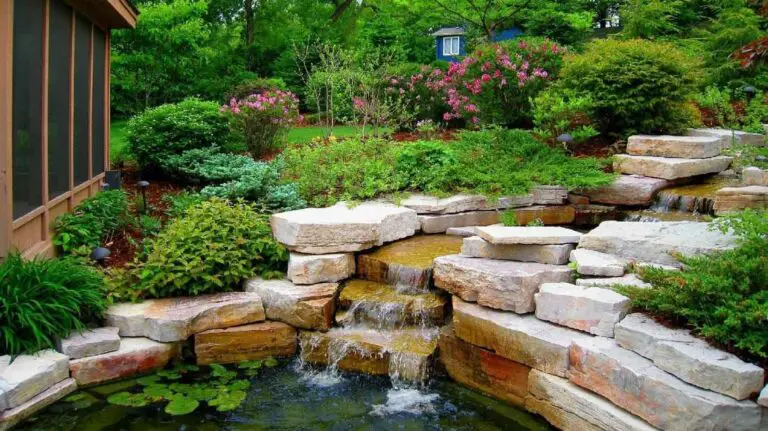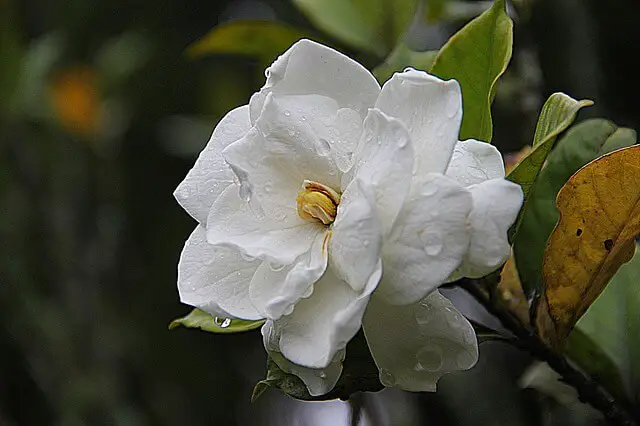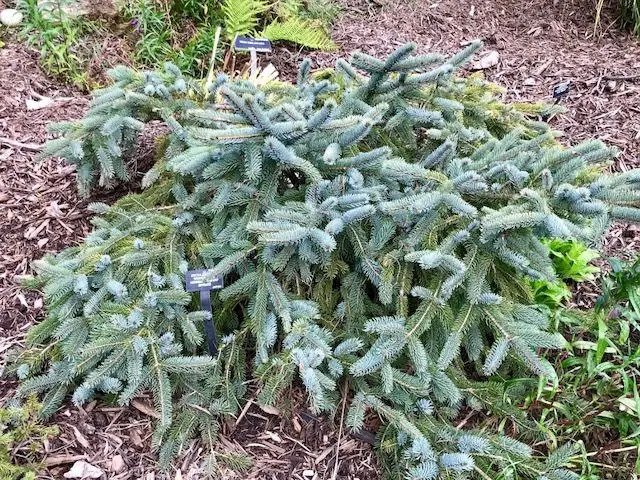Garden Landscape Enhanced With White Flowers
Goatsbeard, a stunning native perennial, can be a showstopper in a woodland garden or shade border. Its striking display is even more impressive when planted en masse or in drifts. This versatile plant thrives in pond areas and moon gardens, adding an extra layer of enchantment to these unique spaces.
Goatsbeard Native Perennial for Shade Garden
Goatsbeard, a member of the Saxifragacae family, shares similarities with Spiraea and Astilbe in terms of appearance. This perennial herb is native to deciduous woodlands within the North Temperate Zone. Primarily found in rich woods, especially in mountainous regions, Goatsbeard grows up to five feet tall and thrives in zones three to eight, earning it a reputation as a hardy plant.
Another variant, Aruncus aethusifolius, also known as Dwarf Goatsbeard, reaches about sixteen inches in height with a similar spread. Its delicate, deeply-cut leaves have a fern-like appearance. When grown in full sun, the leaves transform into a rich rustic red, adding an extra layer of visual appeal to this already striking plant.
White Flowers Rise Above Dense Foliage
The Goatsbeard plant showcases a compact, densely-foliated mound of dark green, intricately-lobed leaves that add texture and depth to the landscape. As summer approaches, arching stems burst forth with white, frothy flowers in clusters, creating a striking display that lasts for approximately twenty days before gradually turning tan or light brown. These wands of flowers are highly sought after for fresh-cut bouquets or dried arrangements.
Interestingly, Goatsbeard plants exhibit separate male and female forms, although the sex of the plant is not typically indicated when it’s sold. The female plants produce tiny brown seed capsules that contain poisonous seeds. Even after the flowers have faded, the foliage remains a striking element in the garden, providing a lush backdrop for other plants to thrive.
Soil, Maintenance, and Propagation
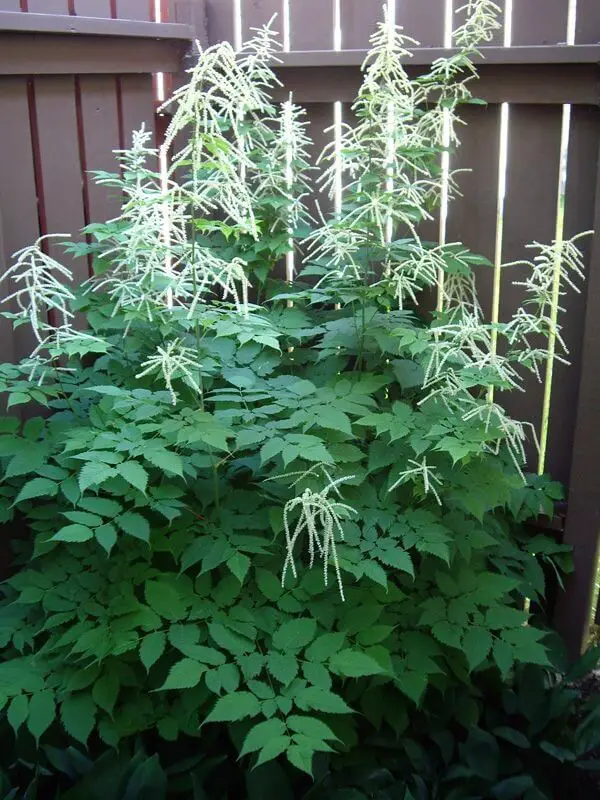
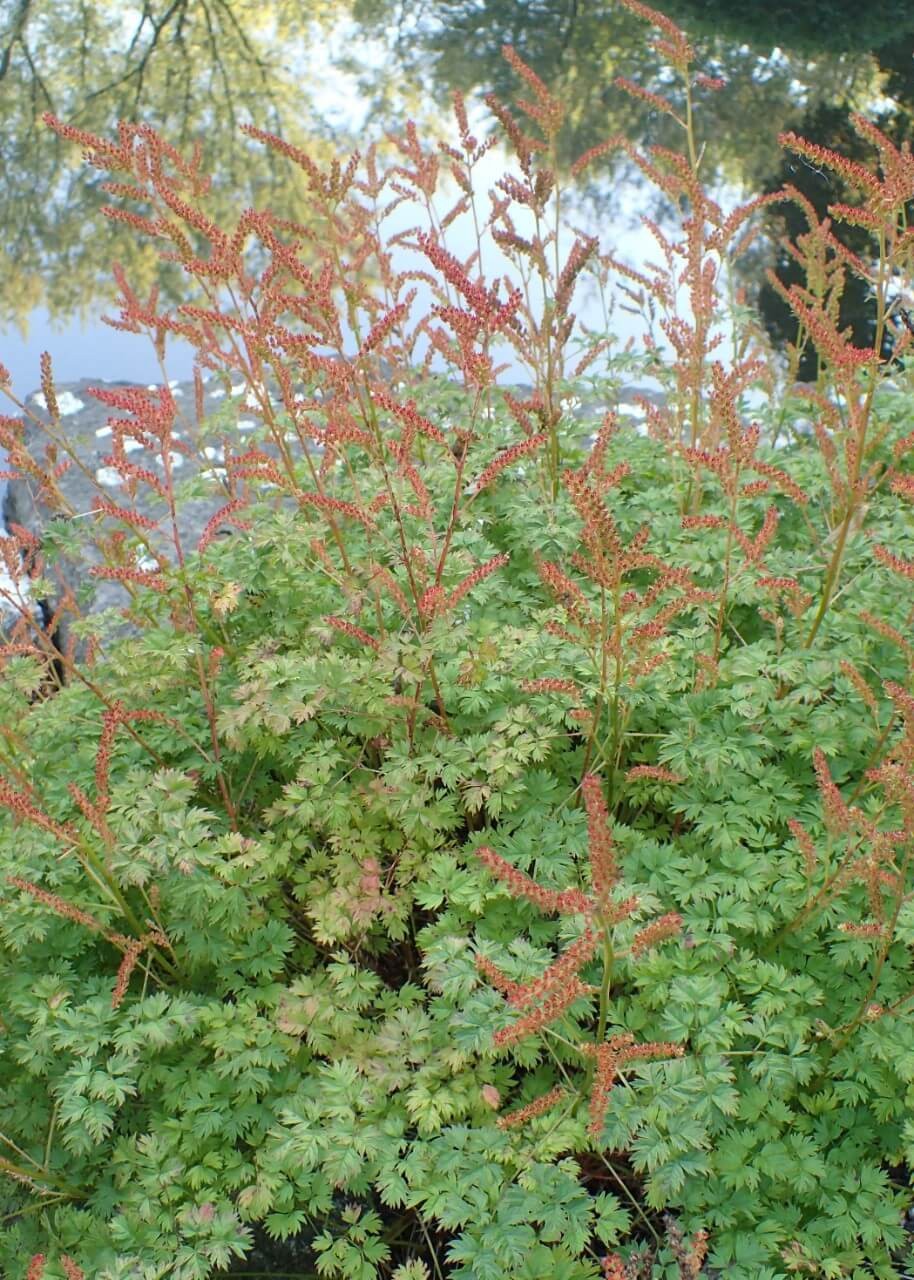
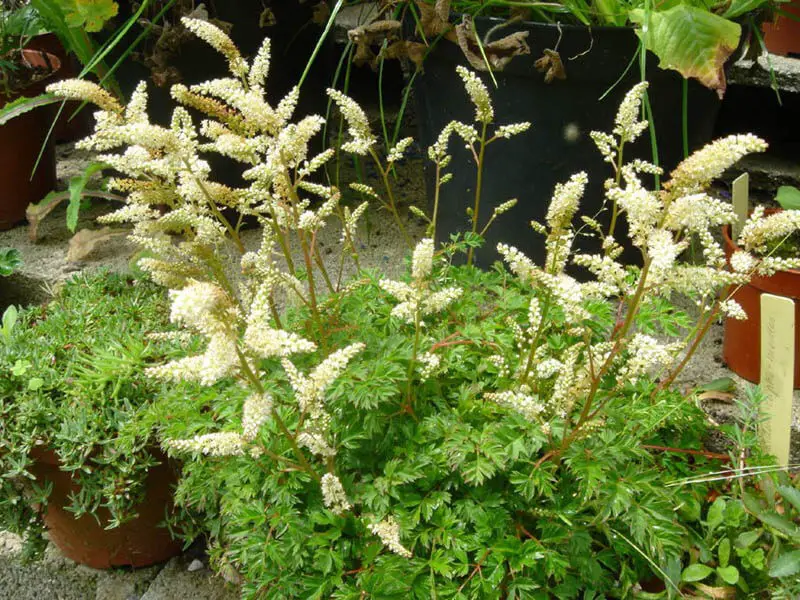
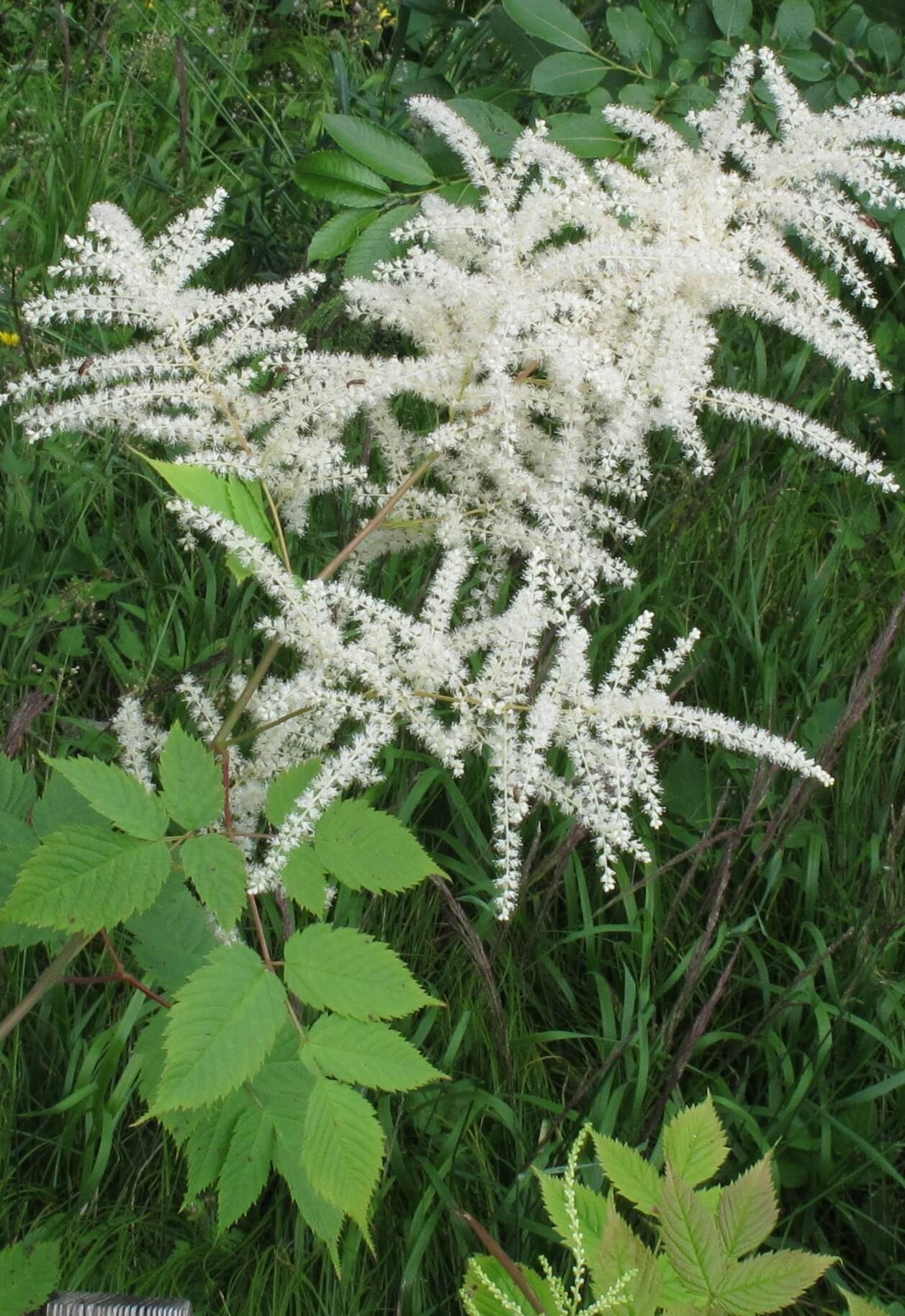
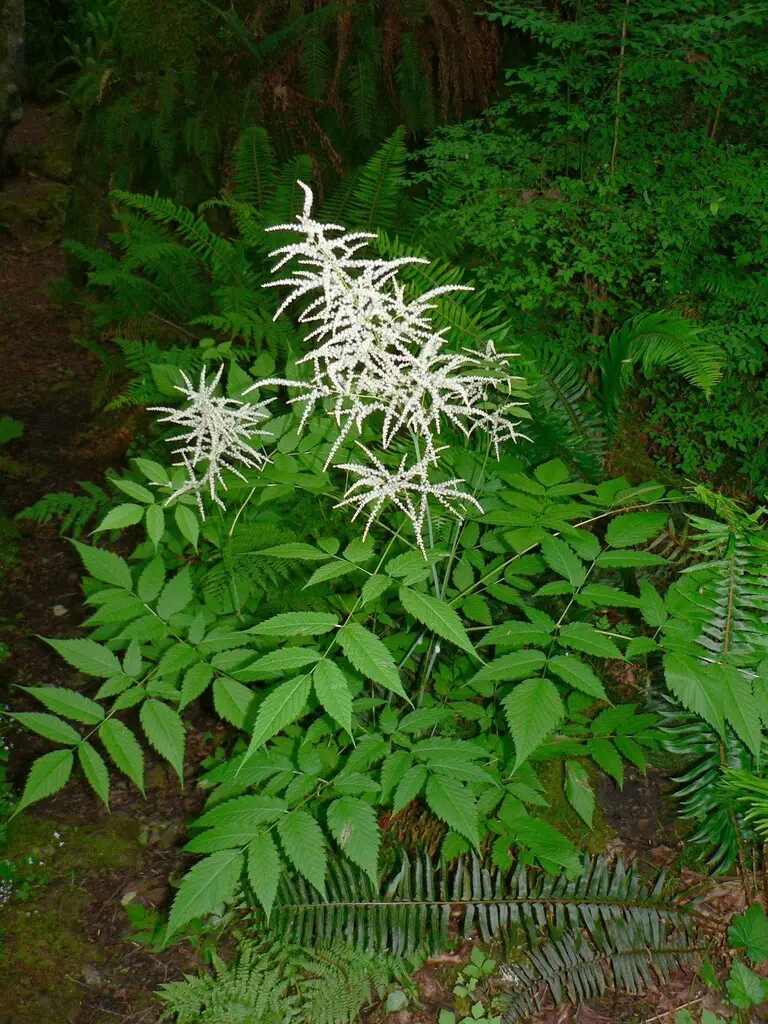
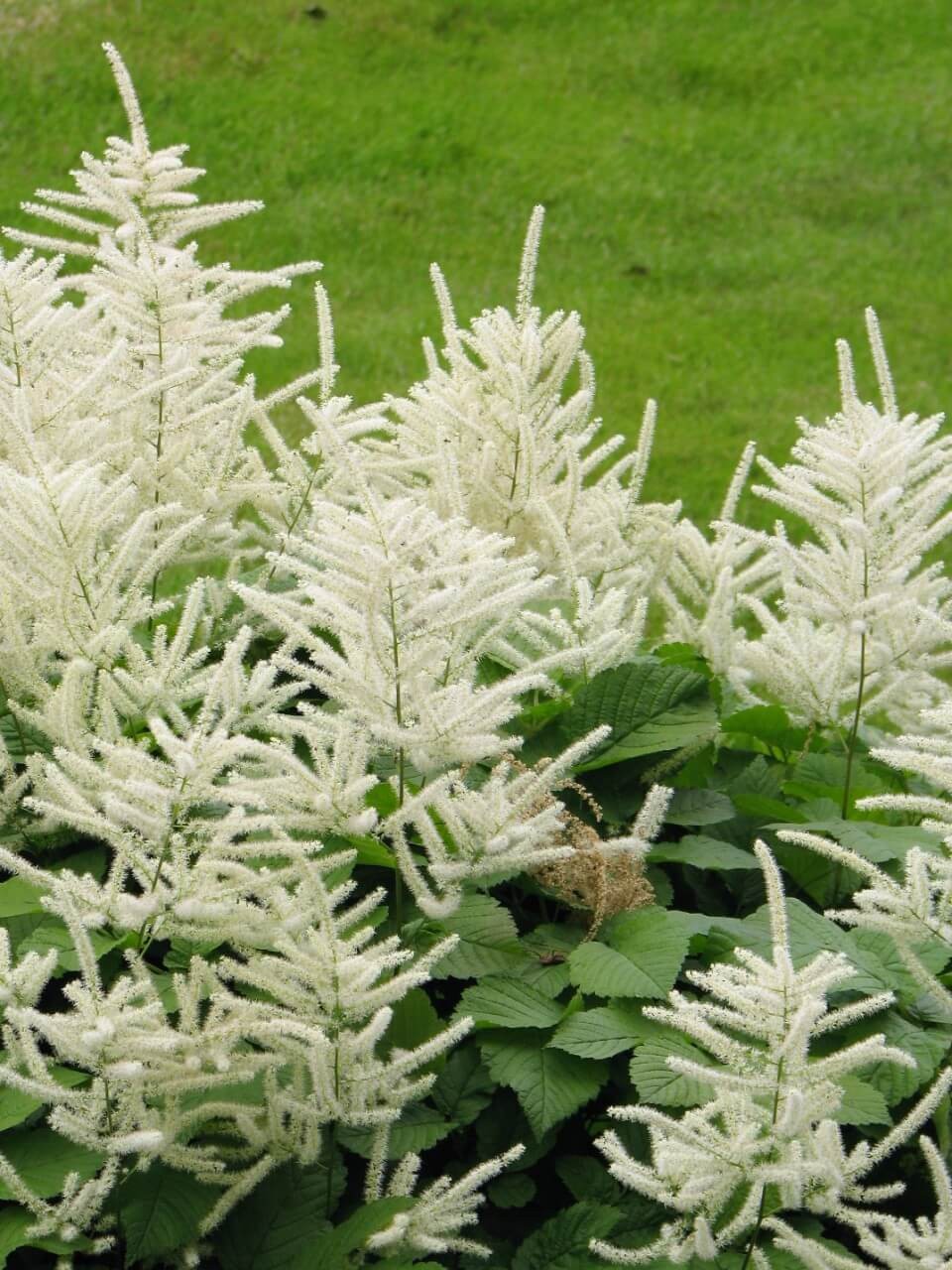
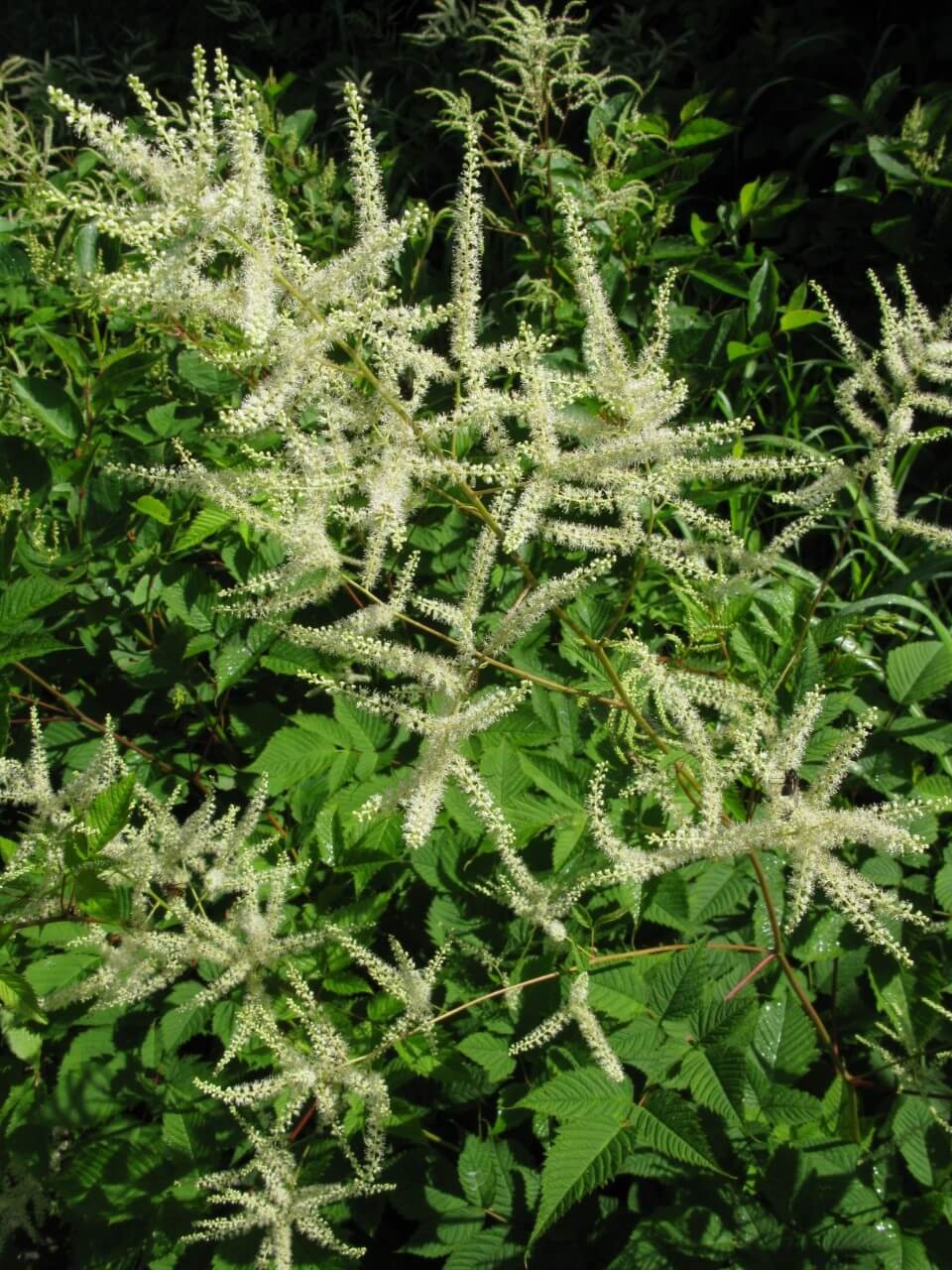
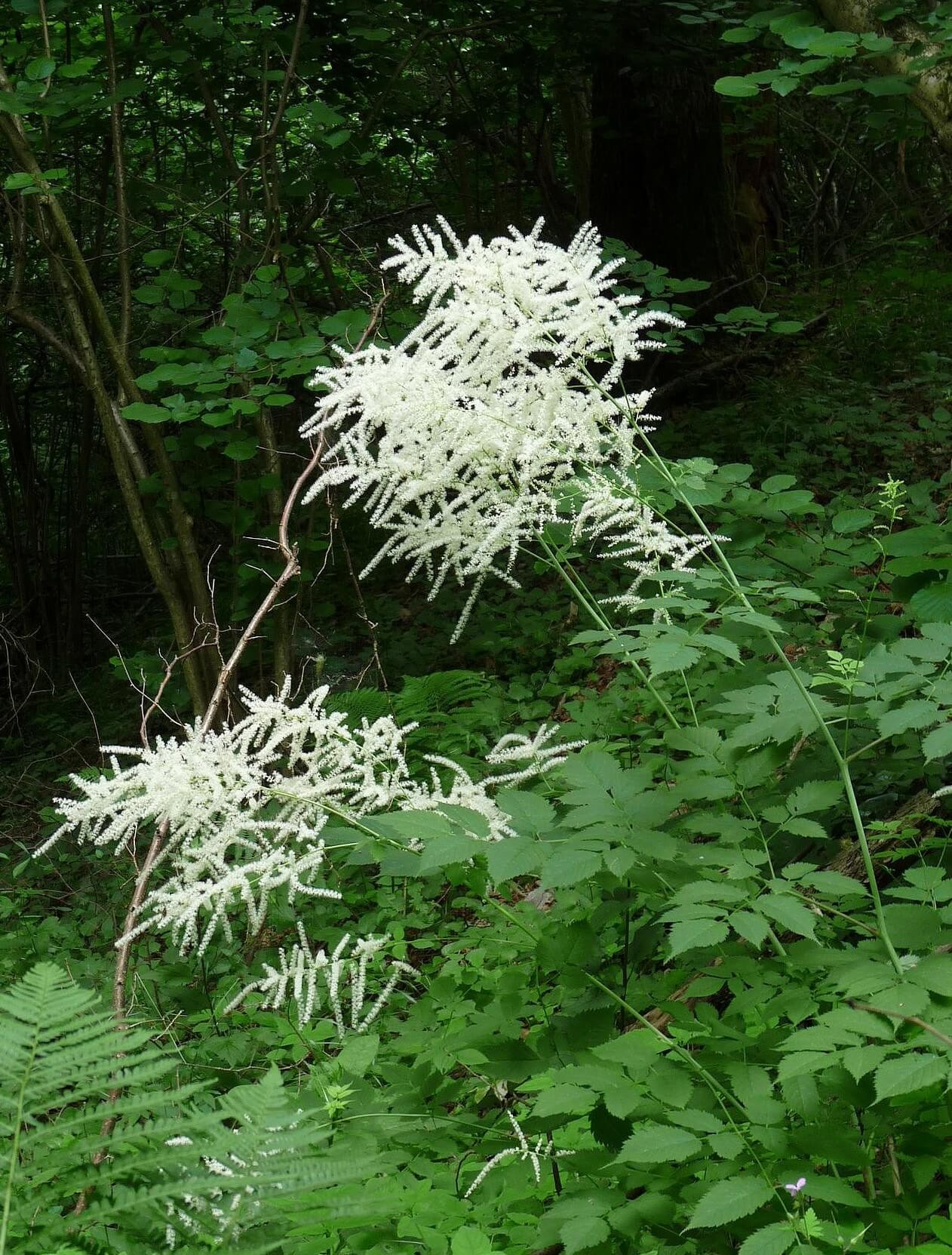
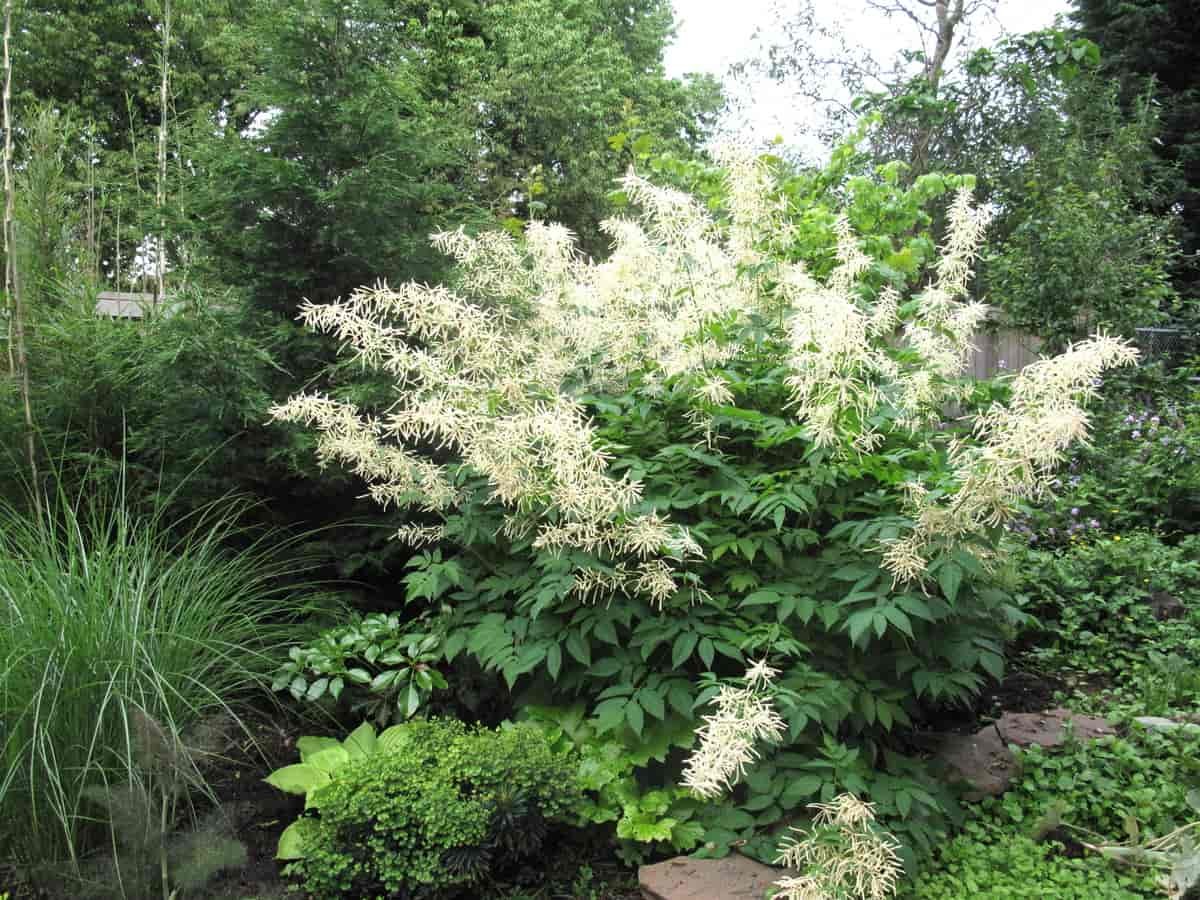
To grow Goatsbeard perennial successfully, it’s essential to replicate its natural habitat by amending the soil with compost or other organic matter before planting. This versatile plant thrives in partial shade but can also tolerate full sun, as long as it’s planted in medium-wet to wet, well-drained soil that receives adequate moisture. When it comes to spacing, allow at least three to four feet between plants to accommodate their mature size.
Established Goatsbeard plants are notoriously finicky when it comes to transplanting, so it’s best to avoid this process altogether. Instead, focus on providing the right conditions for your plant to flourish. With proper care, it will grow slowly during its first few seasons but eventually thrive. This low-maintenance perennial requires minimal upkeep, aside from occasional watering when the soil feels dry. It’s also relatively disease-free and exhibits natural resistance to rabbits and deer.
In the fall, prune the plant back to just above ground level and mulch with compost or well-rotted manure. Woodland settings can benefit from incorporating fallen tree leaves into the mix. For propagation, divide the heavy rhizomes in either spring or fall by lifting the clump, cutting it into desired sizes, and ensuring each section has at least one eye. Alternatively, Goatsbeard plants can self-seed naturally in wild or woodland environments.
The patented ‘Misty Lace’ hybrid of Aruncus dioicus and Aruncus aethusifolius stands out for its compact growth to 18 inches, feathery white flowers borne along the stems, and exceptional tolerance of temperature extremes.



